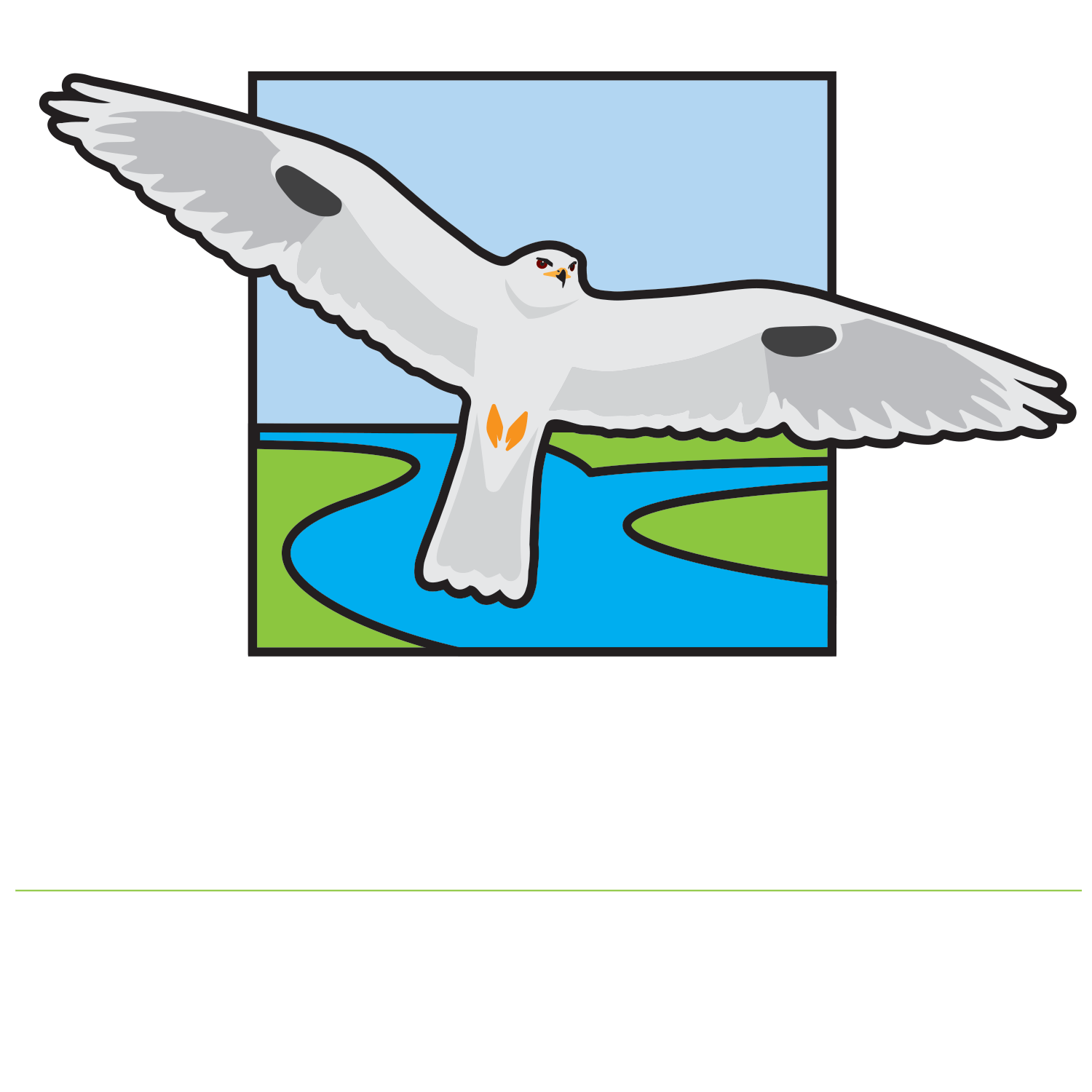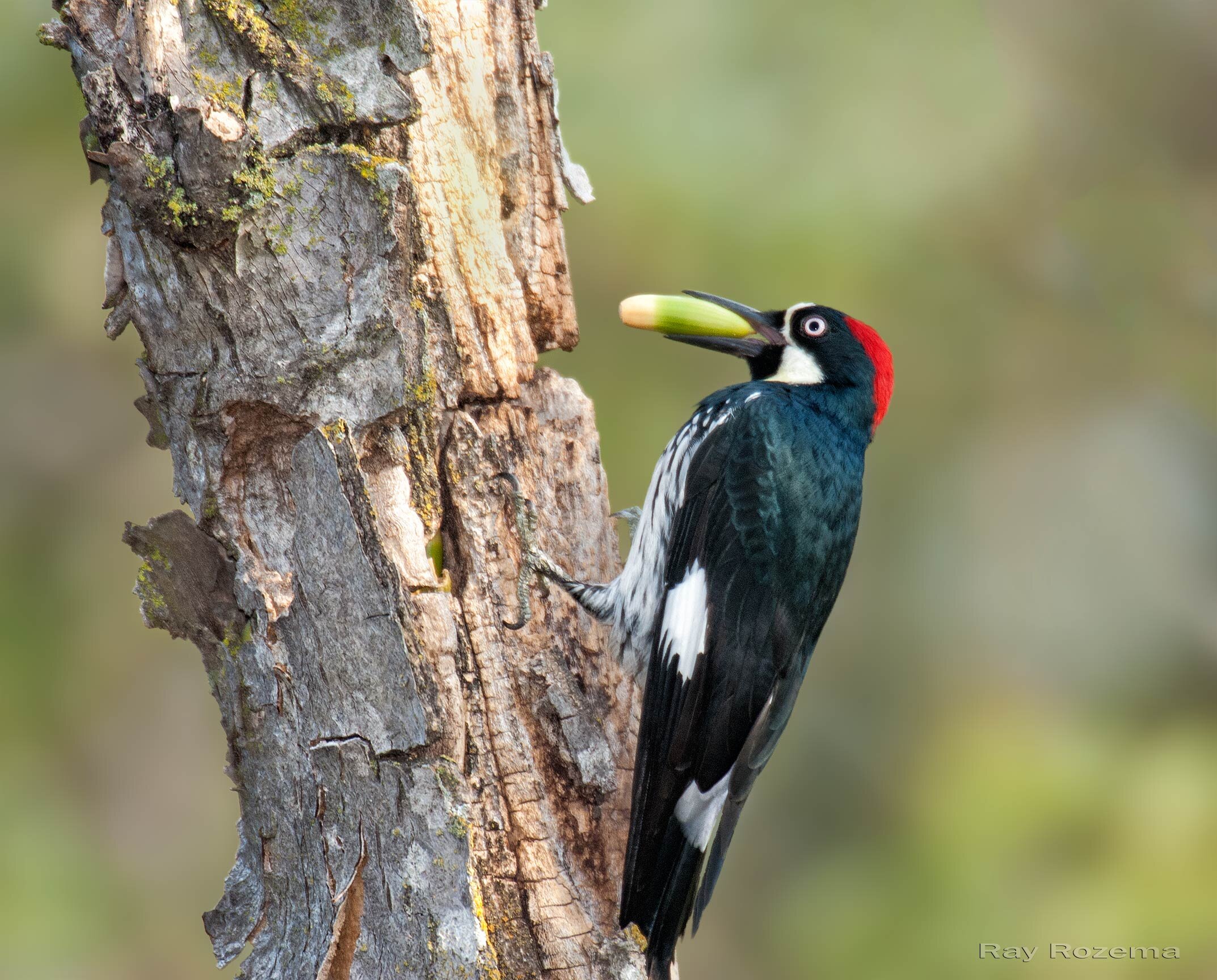Suggested Birding in September
Field Trip Activities Chair, Maureen Geiger, offers the following suggestions for where to bird this September.
Woodland Wastewater Treatment Plant/North Regional Pond
Variously known as above and aka the Woodland/Davis Clean Water Facility and on the official City website as the Woodland Water Pollution Control Facility, the main sewer ponds and North Regional Pond across the road are a wonderful site for chalking up an excellent bird list. With shorebirds and waterfowl in abundance in winter and fairly numerous in the fall, take a scope and check this out. A Western Grebe has been over-summering in the main sewer pond, and in North Pond large numbers of Black-necked Stilts, American Avocets, White-faced Ibis, Pied-billed Grebes, ducks, blackbirds, swallows, and meadowlarks are abundant. Amazingly, 16 species of waterfowl were reported in early July, and there is a good chance many of these will remain in addition to migrating and wintering species.
Directions: Heading north on I-5 from Sacramento, proceed towards Woodland and take Exit #536. Turn left over the overpass on Road 102, then .9 of a mile further, at the light at E. Gibson Road, turn left/east (onto Road 24 although not clearly marked). Driving east, you will see the gravel parking lot on your right at the chain link fence and see the ponds to the left and right. Going through the chain link fence to view the sewer ponds to the east and south is acceptable M-F 9-3 p.m. only; but the North Pond can be viewed easily from the parking area or the gravel road running along two sides.
Black-necked Stilt, Image by Mary Forrestal
Effie Yeaw Nature Center, American River Parkway
Although probably better birding later in the month when there is more chance of migrants, this is always a great place to take a walk. If you head down to the banks of the beautiful American River, it is very soothing to watch the water go by, and you have a good chance of seeing Common Mergansers, Killdeer, maybe a Double-crested Cormorant fly-by, Turkey Vultures overhead, Red-shouldered Hawks – and, of course, Acorn Woodpeckers and deer and possible coyote throughout the Nature Center. EYNC is open 9-5 Tuesday through Sunday.
Directions: From California Ave. in Fair Oaks take the Tarshes Drive entrance; at the stop sign turn left on San Lorenzo and follow it to the nature center parking lot on your right. For further directions see: sacnaturecenter.net. A Sac County Park Pass or $5 entry fee is required for all vehicles.
Acorn Woodpecker, Image by Ray Rozema
Yolo Bypass Wildlife Area
Except when lack of water keeps the birds away, YBWA is another excellent birding destination. In September, migrating shorebirds, raptors and swallows will be present. Last year, on a September field trip, two American Bitterns were out in the open and well seen by all participants. According to Steve Hampton, a well-known Yolo County birder, the summer shorebird migration pond this year will be the fields NE of the Y between the two auto tour loops. Flood up began in early July. See map on Steve’s website. Due to on-going work at the WA, this will be the only pond this year, and it may be only a portion of this tract. Also, at some point there will be detours on the auto tour at the Y and elsewhere as work on water control structures progresses.
Directions: From Sacramento on I-80 west, take the first exit at the west end of the Yolo Causeway, East Chiles/Rd. 32A, Exit #78. Turn right at the stop sign, go under the freeway, make a left up onto the levee; then drop down into the Wildlife Area.
Green Heron, Image by Larry Hickey
Reichmuth Park
This often-overlooked, urban gem in south Sacramento offers wide trails, dense understory, emergent wetland, riparian, and oak habitat that make this a good place to bird all year round. Fall is a great time to search for migrants. Last year on this trip, the highlight was a Great Horned Owl seen well by all birders plus Green Heron, Wood Ducks, Western Bluebirds, 3 species of woodpeckers, Spotted Towhees, Bushtits, Oak Titmice, and House and Bewick’s Wrens. There is ample parking in the lot on Gloria Drive and 43rd Avenue.
Directions: From southbound I-5, drive 3.6 miles south of I-50 and exit at 43rd Ave. Turn left and continue to Gloria Drive. Turn right onto Gloria, and shortly the parking lot will be on the left. If coming up I-5 from the south, there is no 43rd Ave exit, so exit onto Florin Road, head west and turn right on Greenhaven Dr., then right onto Gloria Drive.
Great-horned Owl, Image by Daniel Brown
Stone Lakes NWR
Stone Lakes National Wildlife Refuge south of Sacramento is beautifully designed for families with small children and those with mobility challenges as it offers a wide, level cement trail that loops through the Refuge. This varied habitat might produce interesting birds, especially in the fall and winter. The marsh has turned up Green Heron, Sora, Belted Kingfisher, Song Sparrow, and Common Yellow-throat; while in the surrounding ag and fallow fields, Swainson’s Hawks, Red-tails, doves, and meadowlarks can be found.
Directions: Driving south from Sacramento on I-5, two miles south of the Elk Grove exit, take Exit 504 at Hood-Franklin Road and drive .8 of a mile to the NWR entrance on the left. There is a large parking lot and restrooms.







